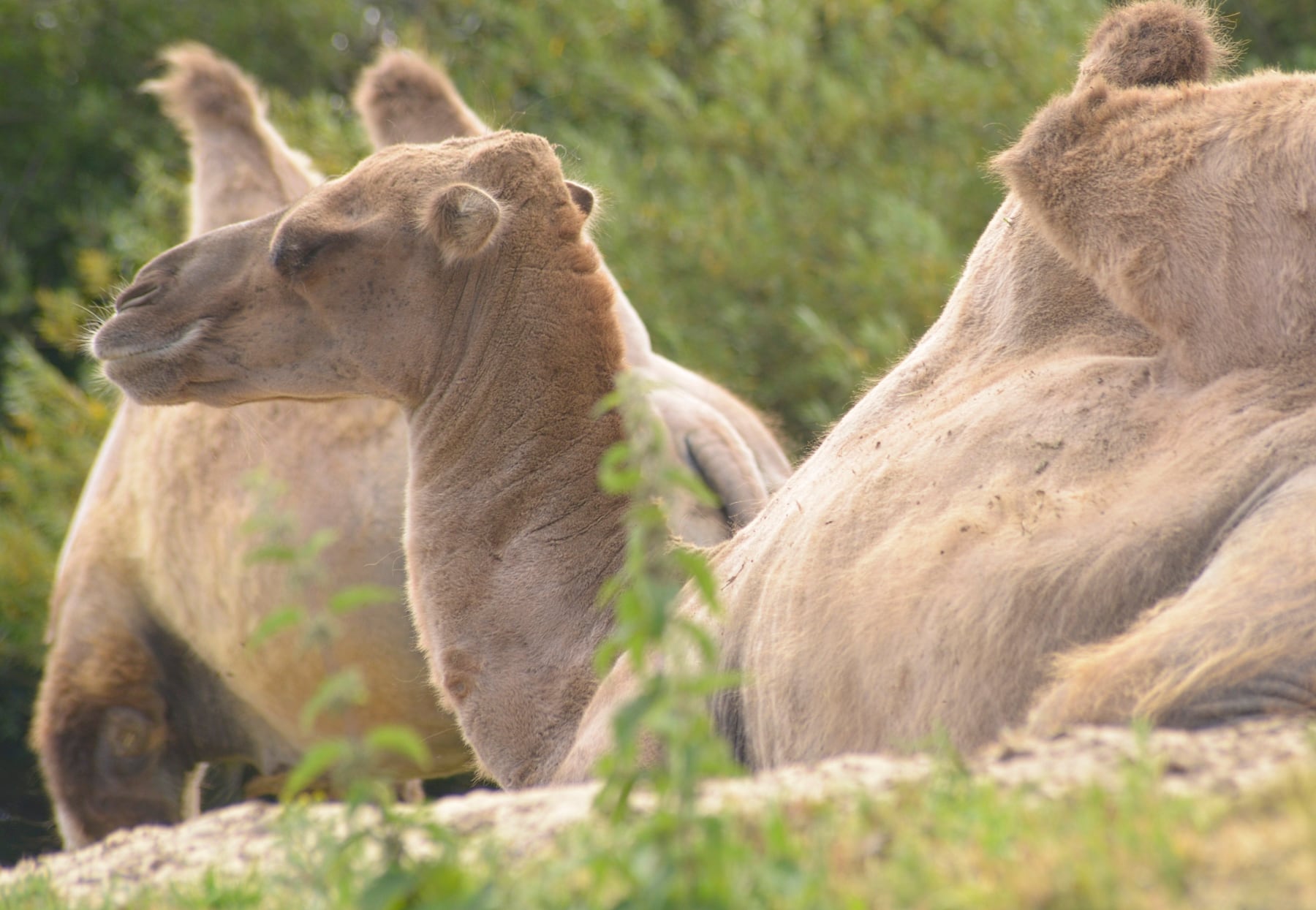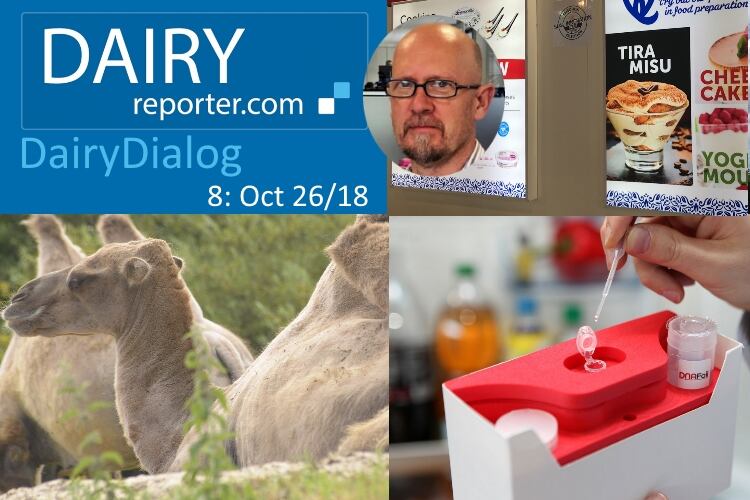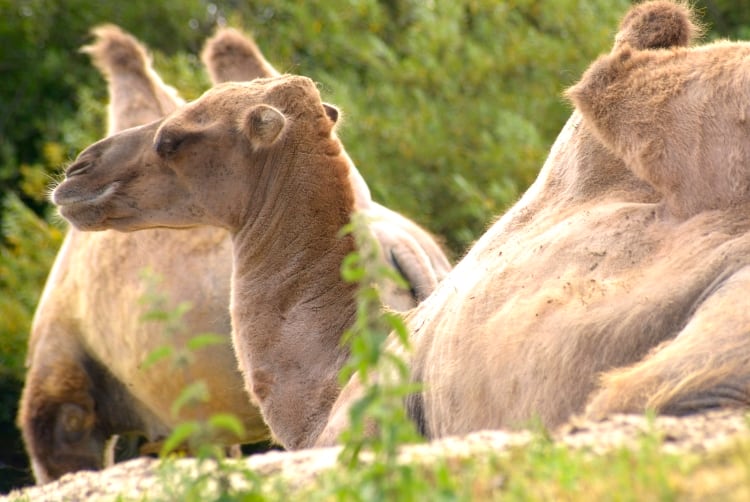The large complex at the edge of the city includes a large herd of camels, a processing facility, accommodation for workers, administration, and a shop and cafe selling camel milk products such as chocolate and ice cream.
The idea of a camel-milking facility was born around 40 years ago at the Central Veterinary Research Laboratory (CVRL) in Dubai.
Research started on a small number of camels that were raised with the goal of finding scientific proof of the health benefits of camel milk with the ultimate goal to introduce camel milk to the local, and then global markets.
Since then, the company has expanded to more than just camel milk, including formula and more, and Camelicious continues to not only push the boundaries of products, but also research.
Camel milk has become the subject of many studies recently, because of its properties, which have led to it being described as a potential ‘superfood.’
Recent studies on camel milk properties include research published in the Emirates Journal of Food and Agriculture by researchers in Jordan, the first to look at the effect of camel milk on the development of colorectal cancer in a whole organism.
Another, from Wales, discovered camel milk reduces cell inflammation associated with diabetes. The nutrition value contained in camel milk’s fat, with lots of vitamin C, iron, calcium, insulin and protein, helped reduce inflammation produced by the body’s macrophage cells.
And a recent review of medical literature by South Dakota State University, Brookings, declared camel’s milk “solves the problems of autism in children, enhances the immunity of the body and fights the microbes that attack the human body because it contains many organic compounds and proteins. In addition, it is useful to cure hepatitis, addresses the allergy caused by some types of foods.”
Last year, DairyReporter carried details on a study in the in the Journal of Dairy Science, where researchers in the United Arab Emirates say they saw enhanced anti-proliferative, anti-diabetic, and anti-inflammatory activities upon hydrolysis of camel whey proteins, indicating their potential utilization as bioactive and functional ingredients.
Camel whey contains greater contents of antimicrobial factors such as lysozyme, lactoferrin, and immunoglobulins compared with bovine milk. In addition, camel whey contains several immunomodulatory proteins (serum albumin, α-LA, lactophorin, and peptidoglycan) that are naturally present or that are part of the primary sequence of whey proteins.
At Camelicious, we spoke with Dr Judit Juhasz, chief veterinary officer, about the animals, the physiology, the farm, and camel welfare.



